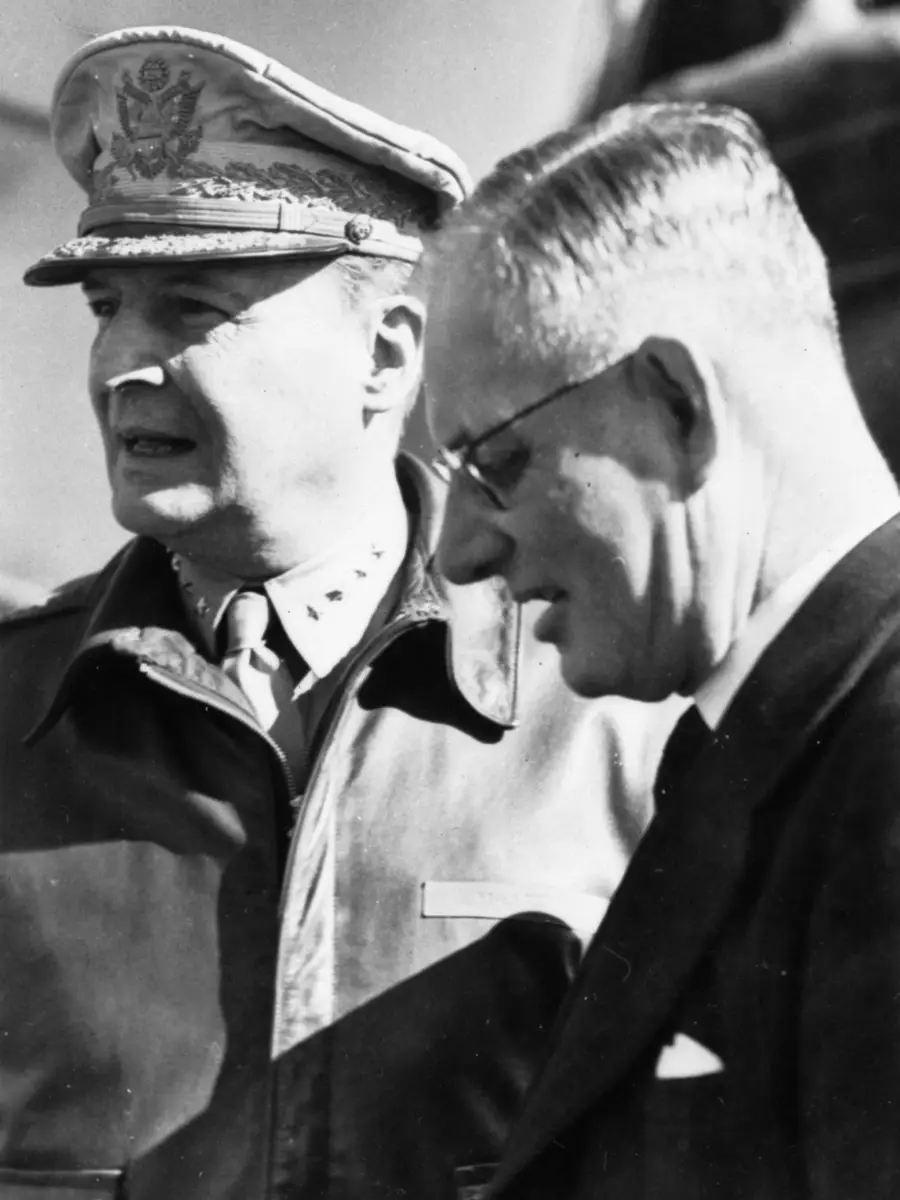Discover the incredible journey of Norman Hetherington, the creative genius behind the much-loved Australian children’s television character, Mr Squiggle.
This video explores Hetherington's life and legacy as an artist, performer, puppeteer, and cartoonist.
Drawing on his service in the 2nd AIF’s Concert Party, Hetherington used his unique talents to boost troop morale through lightning-fast caricature sketches that laid the foundations for his decades long career in entertainment.
Explore the Mr Squiggle and Friends exhibition, on display at the National Museum of Australia until 13 October 2025.
Norman Hetherington is an artist, a performer, a cartoonist and is best known as the creator of the much-loved children’s television character, Mr Squiggle.
He had a career that spanned over 60 years and really, he created in Mr Squiggle an icon that will forever be in Australia’s memory.
Norman Hetherington is an individual who is so significant to Australian cultural life, that we feature him not just in the collection of the National Museum of Australia but also in the collection of the Australian War Memorial.
Two of our big national cultural institutions and I think that says a lot about who he was as an individual, but also about how the collection that we both hold, comes together to really tell the stories of Australia.
Norman Hetherington enlisted in the Citizens Military Force from 1941 and did a period of training as in infantryman in the 30th Battalion.
After that period of time with the CMF he joined the 2nd AIF in late 1942, expecting to do infantry work but he very quickly got pulled out of that because of his potential as a performer, and as a well-known cartoonist, and it was known he could draw live and draw quickly.
Norman Hetherington was a part of the 2nd Division Concert Party. So, Norman Hetherington’s act was known as a ‘lightning caricature act’.
What he would do is, he would go out in the day, and he would scope out the commanding officers or anyone who was going to be good to draw.
I think the most prominent people in that unit. He would do a performance and do a few quick brush strokes, and the portrait would just appear.
He planned it and prepared it, so it was part of the whole act. Not just being a great artist and a great cartoonist but being able to perform and entertain at the same time as doing it which was a skillset that really came in handy later for his later career.
His time in the Army was really special to him, but he once said to me “You know, people might say that I had a lucky war, but I didn’t know that when I enlisted”.
I think, like many people, it held a lot of mixed emotions for him
I was really surprised at how much there was that related to his war service. His watercolour paintings of life behind the scenes, you know, relaxing life, you know, for the army, or the entertainments, pictures, props from the shows, and that started to tell a lot of the story that I hadn't heard from him.
Norman Hetherington’s best-known creation, of course, is Mr Squiggle.
These characters are really the apex of Norman Hetherington’s creative world.
He loved puppetry and he loved cartooning, but he wanted to combine the two. Why can’t the puppet do the cartooning, instead of me?
Taking those ideas that he had during the war service where he turned a few lines into a picture and then turned it upside down so people could see what it was. That also fed into the idea of Mr Squiggle.
What you really see in Mr Squiggle is an element of Norman Hetherington himself.
A creative individual, a gentle individual, someone who’s able to take something very simple and create something very beautiful, in a few moments on screen.
When people would send in their initial little lines on a page, they knew that they were sending it in to someone who would treat them with care and gentleness and fun.
And that’s the beautiful connection that we see between the audience and Mr Squiggle that I think helps him become – and remain – such a beloved figure of so many people’s childhoods.



